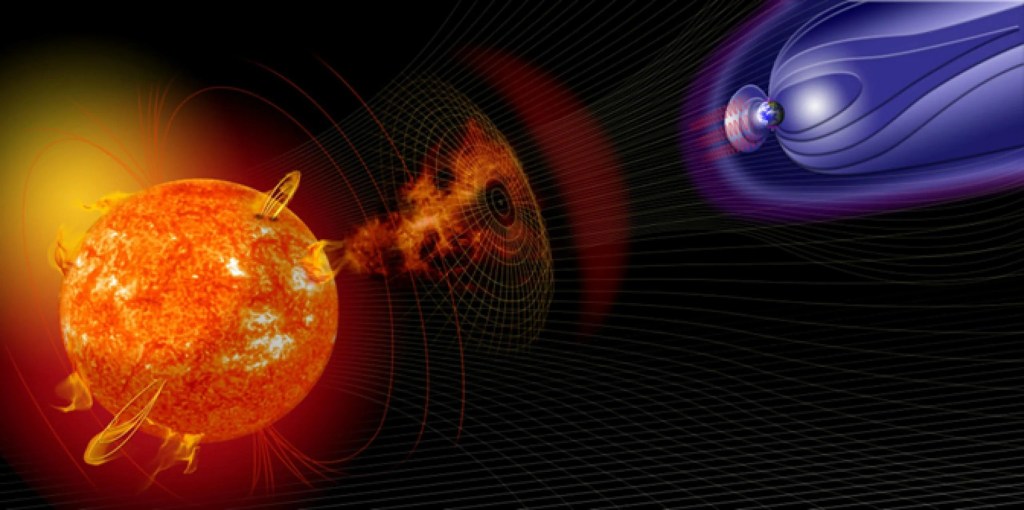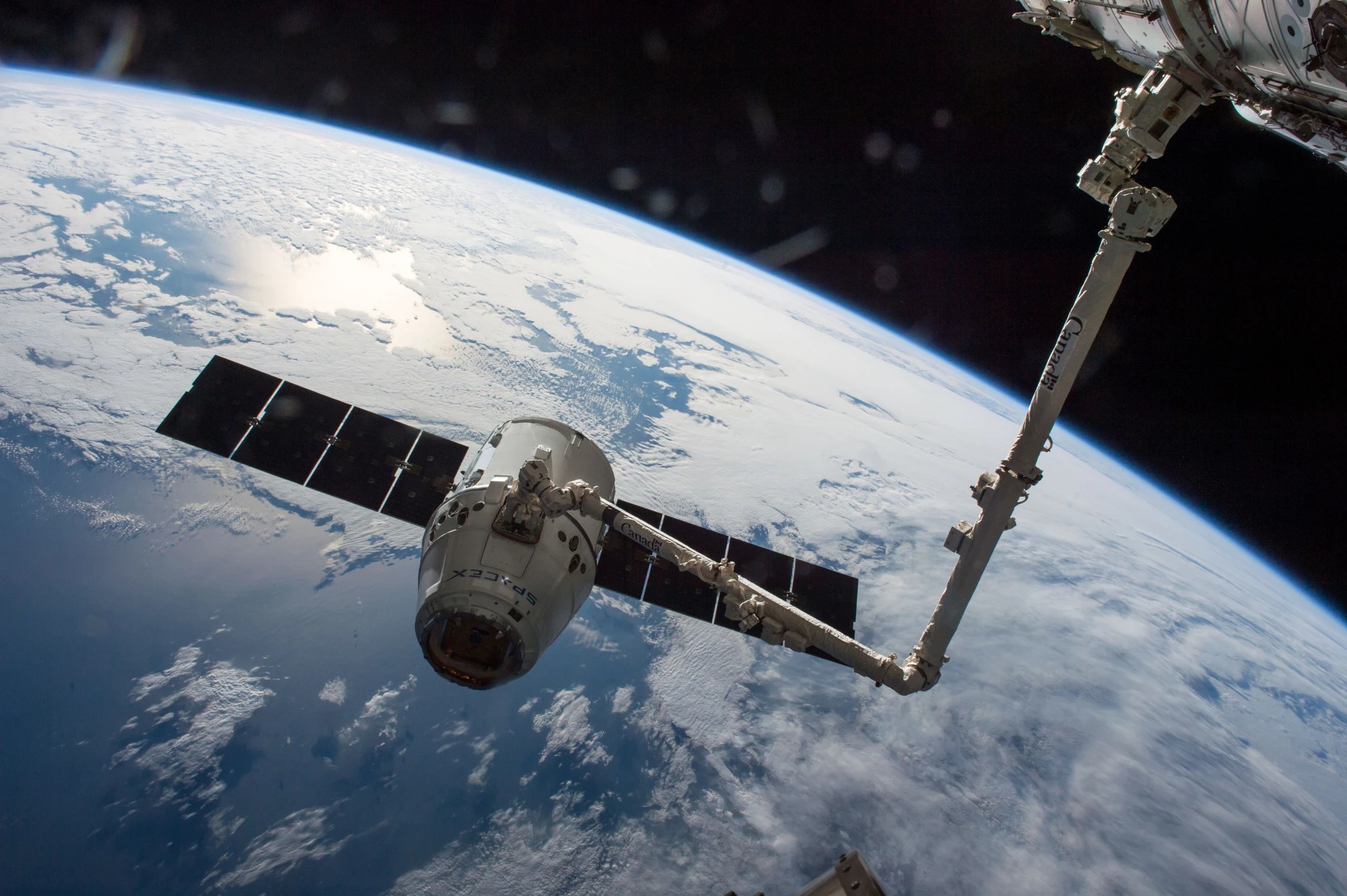Solar Science
The Sun is a dynamic star, made of super-hot ionized gas called plasma. The Sun's surface and atmosphere change continually, driven by the magnetic forces generated by this constantly-moving plasma. The Sun releases energy in two ways: the usual flow of light that illuminates the Earth and makes life possible; but also in more violent and dramatic ways—it gives off bursts of light, particles, and magnetic fields that can have ripple effects all the way out to the solar system's magnetic edge. We study the Sun to better understand how its ever-changing conditions can influence Earth, other worlds, and even space itself.
NASA studies the Sun for numerous reasons. For one thing, its influence on the habitability of Earth is incredibly complex, providing radiation that depending on the amount can be either a boon or hazard to the development of life. Second, this radiation, and the accompanying energy and magnetic fields that the Sun sends out — is intense and dynamic, with the ability to create changes in the space weather around us, and interfere with our space technology and communications systems. Finally, we study this star we live with, because it's the only star we can study up close. Studying our Sun informs research about other stars throughout the universe.
The Sun's activity and conditions vary on almost every timescale, from tiny changes that happen over milliseconds, to solar eruptions that last hours or days, to its 27-day rotation. The solar magnetic field cycles through a complete change in direction and back about every 22 years, which in turn gives rise to the roughly 11-year cycle in solar activity. As magnetic field becomes more complex, it releases energy near the solar surface. These solar explosions can take the form of solar flares, coronal mass ejections, or releases of incredibly fast charged particles that race out from the Sun at nearly the speed of light.
NASA watches the Sun nearly 24-seven with a fleet of solar observatories, studying everything from the Sun's tenuous outer atmosphere, to its roiling surface, and even peering inside the Sun using magnetic and helioseismic instruments.
NASA observes the Sun and studies its processes with such missions as the Parker Solar Probe, Solar Dynamics Observatory, the Solar Terrestrial Relations Observatory, the Interface Region Imaging Spectrograph, the Reuven Ramaty High Energy Solar Spectroscope Imager, the joint ESA/NASA missions Solar and Heliospheric Observatory,and Solar Orbiter, and the joint JAXA/NASA Hinode.
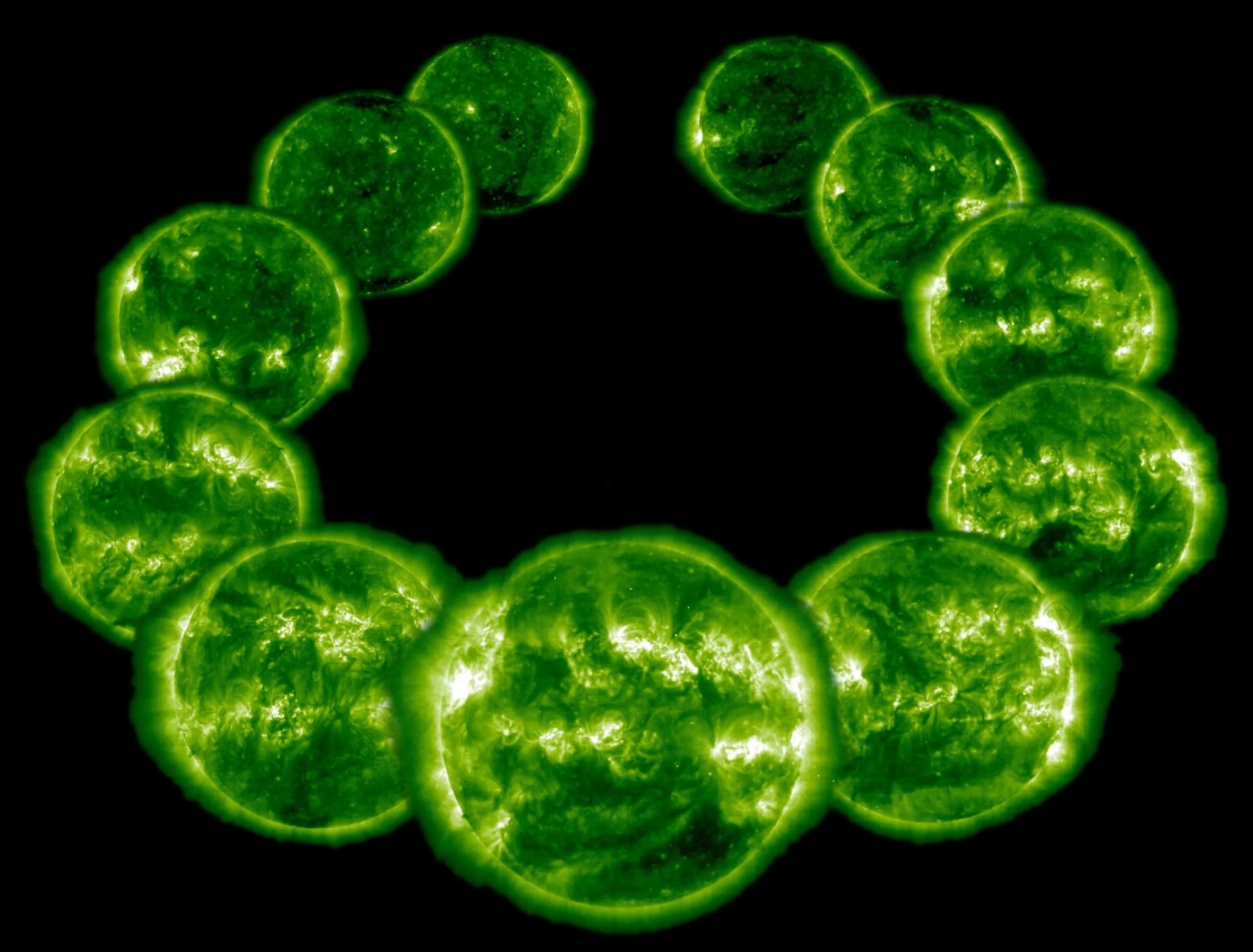
The Sun
The Sun is a dynamic star, made of super-hot ionized gas called plasma.
The Sun's surface and atmosphere change continually, driven by the magnetic forces generated by this constantly-moving plasma. The Sun releases energy in two ways: the usual flow of light that illuminates the Earth and makes life possible; but also in more violent and dramatic ways—it gives off bursts of light, particles, and magnetic fields that can have ripple effects all the way out to the solar system's magnetic edge.
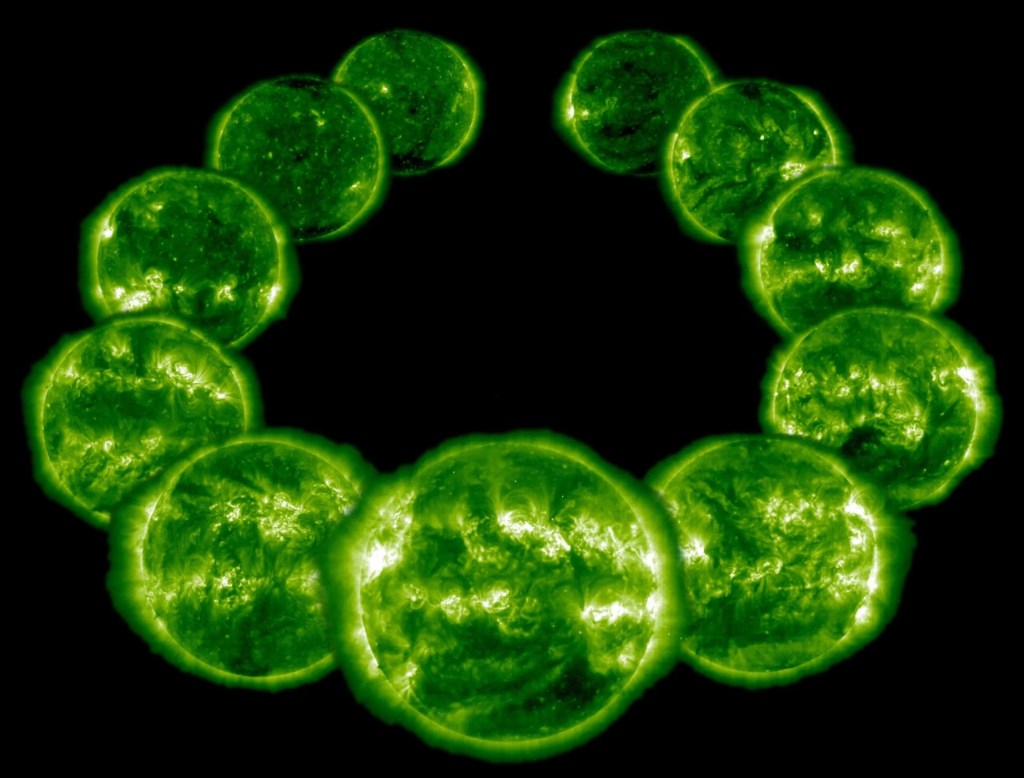
Magnetospheres
A magnetosphere is the region around a planet dominated by the planet's magnetic field.
Other planets in our solar system have magnetospheres, but Earth has the strongest one of all the rocky planets: Earth's magnetosphere is a vast, comet-shaped bubble, which has played a crucial role in our planet's habitability. Life on Earth initially developed and continues to be sustained under the protection of this magnetic environment.
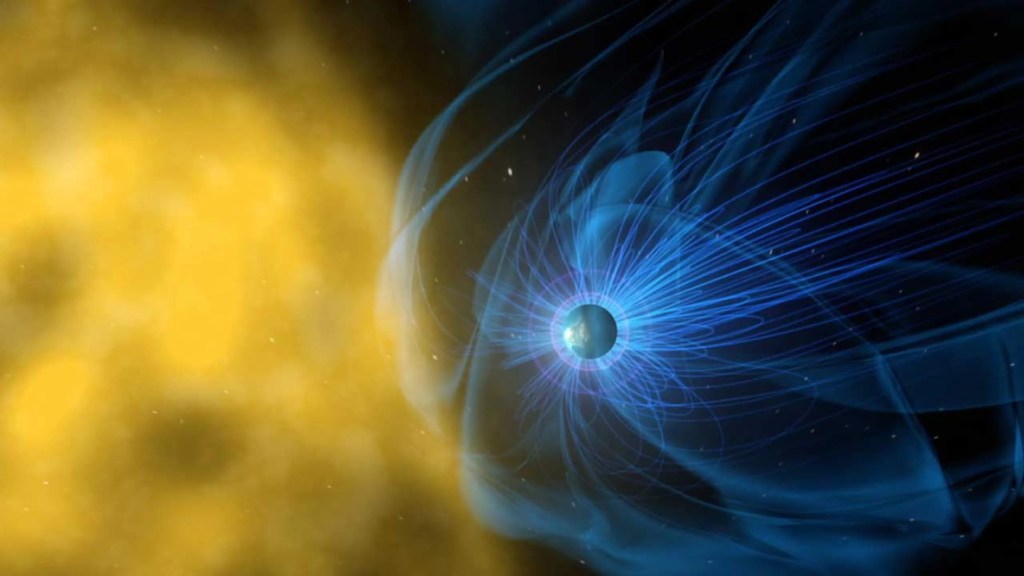
Space Weather
Though space is about a thousand times emptier than even the best laboratory vacuums on Earth, it’s not completely devoid of matter.
The sun’s constant outflow of solar wind fills space with a thin and tenuous wash of particles, fields, and plasma. This solar wind, along with other solar events like giant explosions called coronal mass ejections, influences the very nature of space and can interact with the magnetic systems of Earth and other worlds. Such effects also change the radiation environment through which our spacecraft – and, one day, our astronauts headed to Mars – travel.
